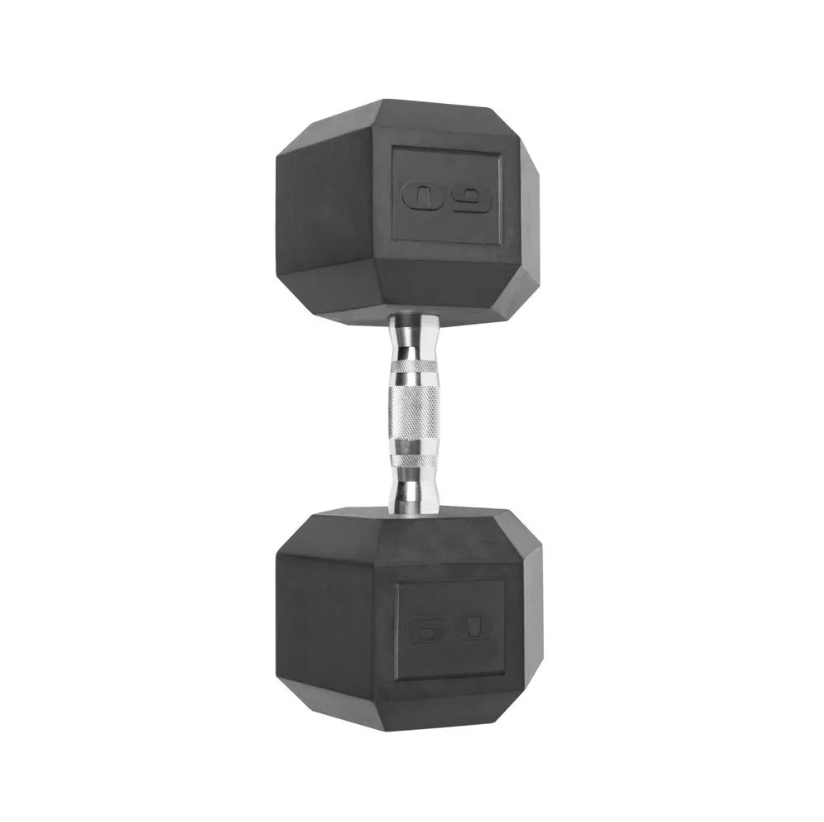Dumbbells are a fundamental tool in strength training and a staple in many fitness regimes. Unlike machines that often isolate specific muscle groups, dumbbells provide versatility and encourage full-body engagement, enabling a wide range of movements. They are available in various weights, making them suitable for everyone—from beginners to advanced athletes.
One of the key advantages of using dumbbells is the promotion of unilateral training. This means you can work on one side of the body at a time, helping to correct muscle imbalances and improve overall coordination. Exercises like dumbbell lunges, presses, and rows engage stabilizing muscles, leading to better functional strength and performance in everyday activities.
Moreover, dumbbells are accessible and space-efficient. They can be utilized in a gym or at home, often requiring minimal equipment. With just a pair of dumbbells, individuals can perform exercises targeting all major muscle groups, contributing to balanced strength and endurance.
Dumbbells also allow for a range of exercise variations. Whether it’s traditional strength training or circuit training, they can be incorporated into high-intensity workouts to promote cardiovascular health. The options are endless—one can explore combinations like dumbbell thrusters, kettlebell swings, or renegade rows, each providing distinct benefits.
Ultimately, integrating dumbbell training into your fitness routine can lead to significant improvements in strength, muscle tone, and overall health. Their versatility makes them an invaluable asset to any workout plan, ensuring that fitness enthusiasts of all levels can achieve their goals effectively and enjoyably.











